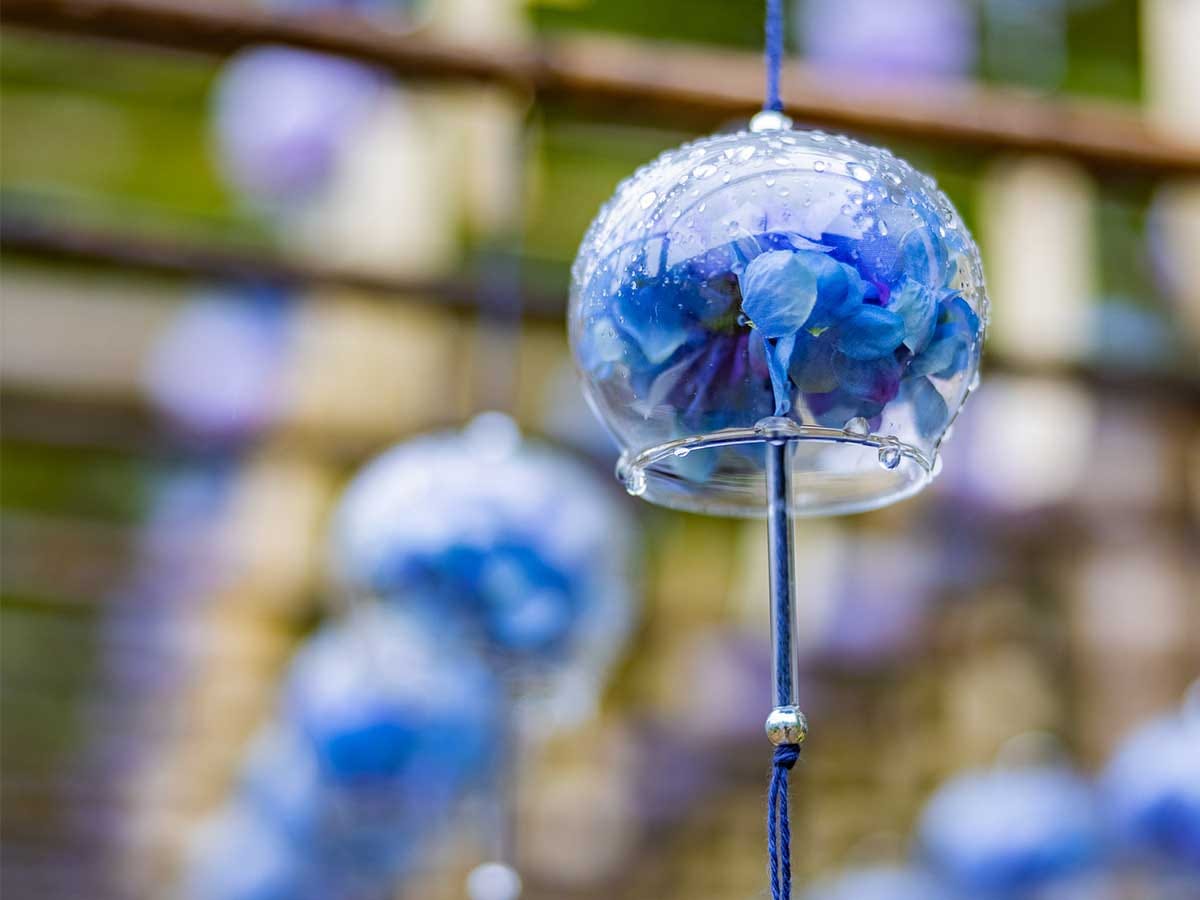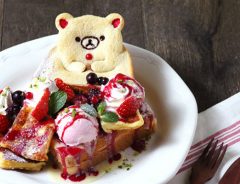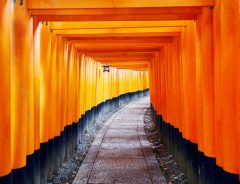
Source: うさだだぬき Usadadanuki (@usalica) - image reproduced with permission
These photos from Kyoto’s ‘Temple of Wind Chimes’ captures the magic of Japan’s summer
- Tags:
- fūrin / fūtaku / Hydrangea / Japanese photographer / Kyoto / Shōjuin Temple / Wind Chime
Related Article
-

Ease Your Sugar Craving At Cafes In Kyoto And Osaka Serving Cute Rilakkuma French Toast Plates
-

Free Downloadable Environment Lets You Explore Kyoto’s Famouse Fushimi Inari Shrine With Unreal Engine 4
-

Kamakura’s Stunning Hydrangea Flower Path Now In Gorgeous Full Bloom
-

[Kimono Style] Kyoto Jidai Matsuri: A Catwalk of Fashion Through the Ages
-

Survive Summer With Refreshing New Matcha Desserts From Tsujiri Kyotomise
-

Kyoto photographer captures a mystical photo of a forest scene draped in morning mist


Located in a part of Kyoto known for matcha, Shōjuin Temple 正寿院 in Uji has been giving tourists a splendid view to enjoy their tea with every summer. From early July to mid-September, the temple holds a festival that highlights one of Japan’s summer icons: the windchime, or fūrin (風鈴) in Japanese.
The first wind chimes were made from bronze and were known as fūtaku (風鐸). They were hung around temples, and it was believed that if you can hear their sounds, you’re in a place that’s considered to be a sanctuary.
At Shōjuin's Fūrin Matsuri, they display over 2,000 wind chimes in every design you can imagine. This year, photographer Usadadanuki (@usalica) took over 30,000 Japanese Twitter users to a small, virtual tour of the festival through their stunning images of the temple’s hydrangea wind chimes.
Reproduced with permission from Usadadanuki (@usalica)
Many commenters were in awe at the cleverness of combining hydrangeas with wind chimes, while others responded with how they were reminded of a refreshing breeze in the midst of a hot summer. No matter what they thought, it’s safe to say that the belief about wind chimes stays true — they provided a quick sanctuary for many, even if only through a few photos.
Reproduced with permission from Usadadanuki (@usalica)
You can follow more of Usadadanuki’s work through their Twitter, Instagram, and website.